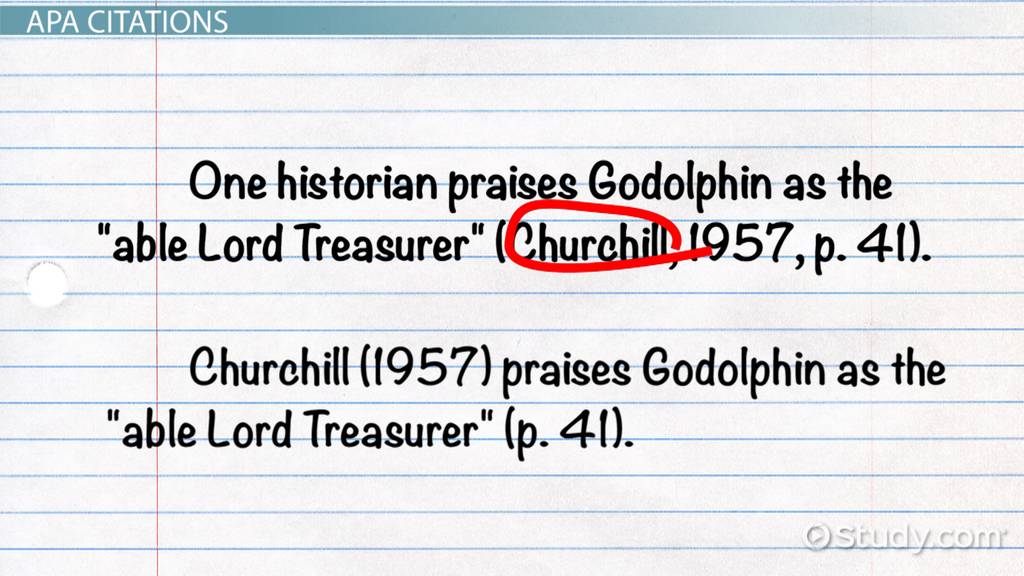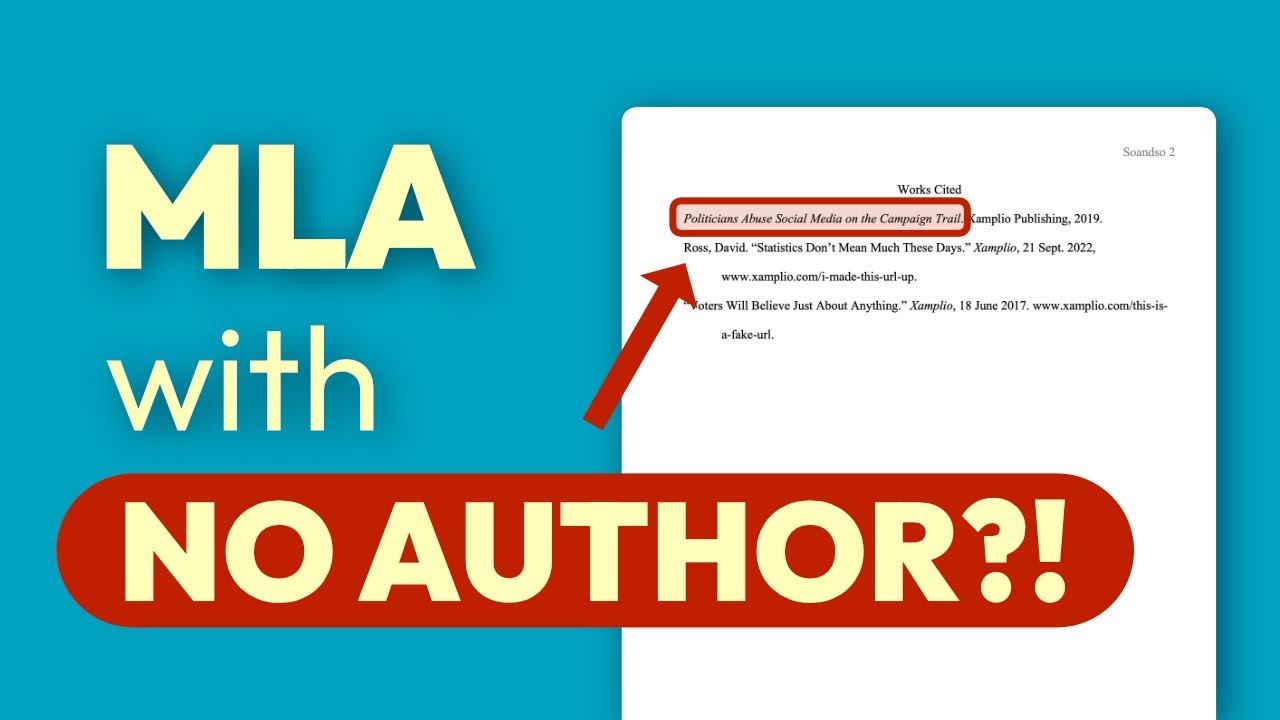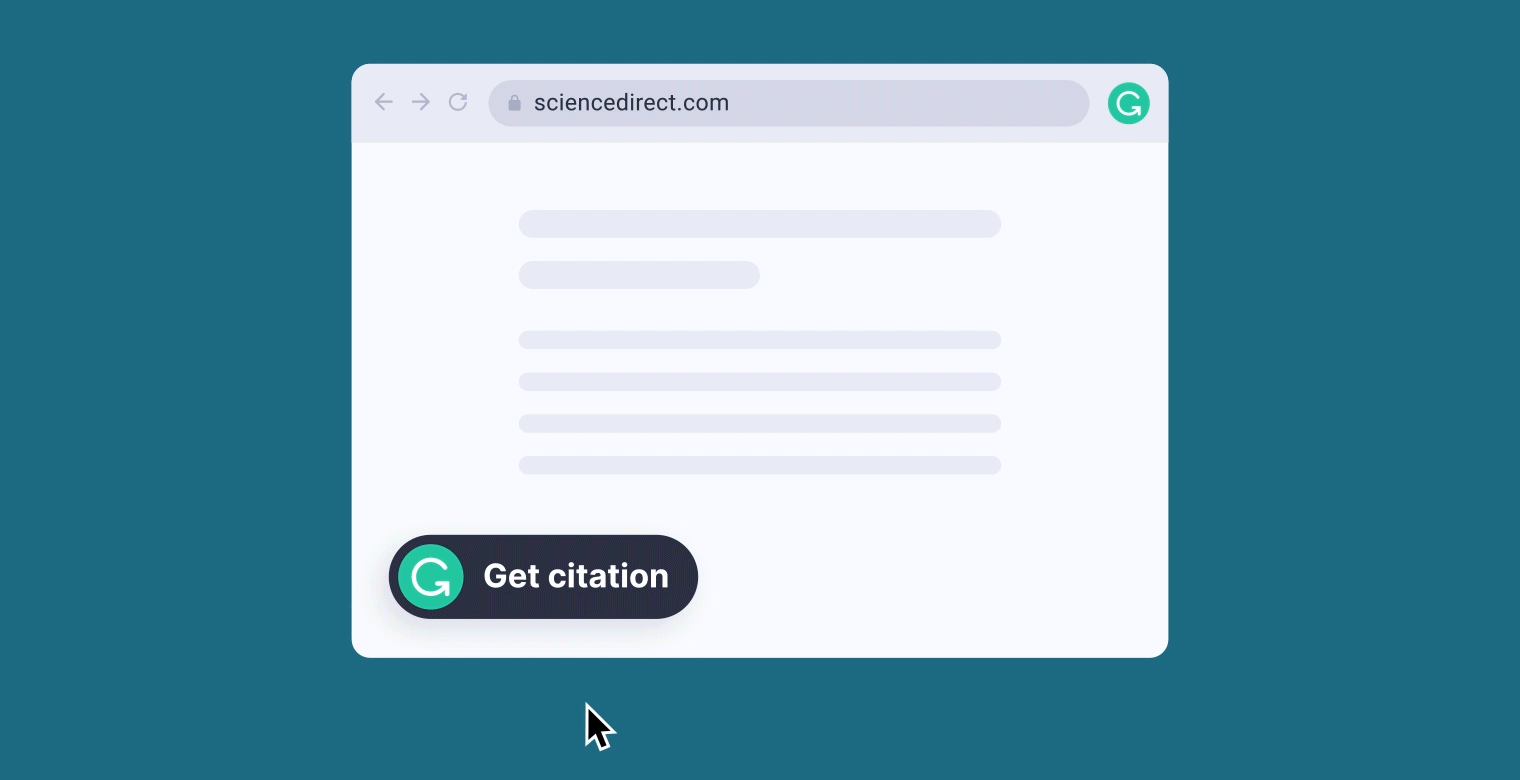We've all been there—you're working on a crucial research paper, and suddenly you realize that the perfect source you found is missing critical citation information. Maybe the author's name isn't listed, the publication date is nowhere to be found, or the page numbers are missing from a PDF. Your heart sinks as you imagine your professor's red pen marking down your paper for incomplete citations.
But here's the good news: missing citation information doesn't have to spell disaster for your academic work. In fact, learning how to handle these situations professionally is a valuable skill that will serve you throughout your academic and professional career. The key is knowing what to do when information is missing and how to handle it ethically and effectively.
This survival guide will walk you through every common scenario where citation information might be missing, providing you with practical solutions that maintain your academic integrity while helping you complete your assignments successfully. From missing authors to absent publication dates, we'll cover it all with clear examples and step-by-step instructions.
Understanding Why Citation Information Goes Missing
Before we dive into solutions, it's helpful to understand why citation information might be missing in the first place. This knowledge can help you prevent future problems and approach missing information more strategically.

Digital Sources: Many online sources, especially older websites or documents that have been converted to digital format, may lack proper metadata or have incomplete information.
Historical Documents: Older sources, particularly those from before modern publishing standards, often lack complete bibliographic information.
Secondary Sources: When you find information cited in another work, the original source details might be incomplete or abbreviated.
Translation Issues: Sources translated from other languages may have different citation conventions or missing information.
Institutional Sources: Government documents, reports, or organizational publications sometimes follow different citation standards.
Social Media and Online Content: Modern digital sources like social media posts, blogs, or online articles may not follow traditional academic citation formats.
Understanding these common causes helps you approach missing information systematically rather than panicking. Each type of missing information has its own set of solutions and ethical considerations.
Missing Author Information: How to Handle Anonymous Sources
One of the most common citation challenges students face is dealing with sources that don't have a clear author. This can happen with websites, organizational reports, or historical documents.

When No Author is Listed
APA Style Solution: When no author is available, use the first few words of the title in your in-text citation, followed by the year.
In-text citation: ("Effects of Climate Change," 2023) Reference list entry: Effects of climate change on marine ecosystems. (2023). Environmental Science Journal, 45(2), 123-145.
MLA Style Solution: Use the title of the work in place of the author's name.
In-text citation: ("Effects of Climate Change" 123) Works Cited entry: "Effects of Climate Change on Marine Ecosystems." Environmental Science Journal, vol. 45, no. 2, 2023, pp. 123-145.
Chicago Style Solution: Use the title in italics for the first reference, then use a shortened version for subsequent references.
Footnote: Effects of Climate Change on Marine Ecosystems (Environmental Science Journal, 2023), 123. Bibliography: Effects of Climate Change on Marine Ecosystems. Environmental Science Journal, 2023.
When Author is an Organization
APA Style Solution: Use the organization name as the author.
In-text citation: (World Health Organization, 2023) Reference list entry: World Health Organization. (2023). Global health statistics 2023. WHO Press.
MLA Style Solution: Treat the organization as the author.
In-text citation: (World Health Organization 45) Works Cited entry: World Health Organization. Global Health Statistics 2023. WHO Press, 2023.
Chicago Style Solution: Use the organization name as the author.
Footnote: World Health Organization, Global Health Statistics 2023 (WHO Press, 2023), 45. Bibliography: World Health Organization. Global Health Statistics 2023. WHO Press, 2023.
Ethical Considerations for Missing Authors
- Always try to find the author first: Use search engines, library databases, and other resources to locate the original author
- Document your search efforts: Keep notes about where you looked and what you found (or didn't find)
- Consider the source's credibility: Anonymous sources may be less reliable than attributed ones
- When in doubt, ask your professor: They can provide guidance on whether to use the source or find an alternative
Missing Publication Dates: Dating Your Sources
Publication dates are crucial for establishing the currency and relevance of your sources, but they're not always readily available, especially with online content or historical materials.

When No Publication Date is Available
APA Style Solution: Use "n.d." (no date) in place of the publication year.
In-text citation: (Smith, n.d.) Reference list entry: Smith, J. (n.d.). The history of educational psychology. Academic Press.
MLA Style Solution: Use "n.d." in the publication date field.
In-text citation: (Smith n.d.) Works Cited entry: Smith, John. The History of Educational Psychology. Academic Press, n.d.
Chicago Style Solution: Use "n.d." in the publication date field.
Footnote: John Smith, The History of Educational Psychology (Academic Press, n.d.), 45. Bibliography: Smith, John. The History of Educational Psychology. Academic Press, n.d.
When You Can Find an Approximate Date
Use "ca." (circa) for approximate dates:
- (Smith, ca. 2020)
- Smith, J. (ca. 2020). Title of work.
Use date ranges when appropriate:
- (Smith, 2018-2020)
- Smith, J. (2018-2020). Title of work.
Strategies for Finding Missing Dates
Check the source itself: Look for copyright notices, "last updated" information, or other date indicators Use web archives: Tools like the Wayback Machine can show when content was first published Check library databases: Many academic databases include publication date information Look for related sources: Other works citing the same source may include date information Contact the publisher or author: If possible, reach out directly for clarification
Missing Page Numbers: Navigating Pageless Sources
Page numbers are essential for direct quotes and specific references, but many digital sources don't have traditional pagination.
For Online Sources Without Page Numbers
APA Style Solution: Use paragraph numbers, section headings, or other locators when available.
In-text citation: (Smith, 2023, para. 4) In-text citation: (Smith, 2023, Introduction section) In-text citation: (Smith, 2023, slide 3)
MLA Style Solution: Use paragraph numbers or other locators.
In-text citation: (Smith, para. 4) In-text citation: (Smith, "Introduction")
Chicago Style Solution: Use paragraph numbers or other locators.
Footnote: John Smith, "Title of Article," Journal Name (2023), para. 4. Footnote: John Smith, "Title of Article," Journal Name (2023), "Introduction."
For PDFs Without Page Numbers
Use section headings or paragraph numbers:
- (Smith, 2023, "Methodology" section)
- (Smith, 2023, para. 12)
Use approximate page numbers if you can estimate:
- (Smith, 2023, p. 3 [approximate])
For E-books and Digital Books
Use chapter or section information:
- (Smith, 2023, ch. 4)
- (Smith, 2023, "Chapter 4: Results")
Use location numbers if available:
- (Smith, 2023, loc. 1234)
Missing Publisher Information: Filling the Gaps
Publisher information is often required for books and some other sources, but it's not always readily available, especially for older works or self-published materials.
When Publisher is Unknown
APA Style Solution: Use "Author" or "n.p." (no publisher) as appropriate.
Reference list entry: Smith, J. (2023). Title of work. Author. Reference list entry: Smith, J. (2023). Title of work. n.p.
MLA Style Solution: Use "n.p." for no publisher.
Works Cited entry: Smith, John. Title of Work. n.p., 2023.
Chicago Style Solution: Use "n.p." for no publisher.
Bibliography: Smith, John. Title of Work. n.p., 2023.
Strategies for Finding Publisher Information
Check the title page or copyright page: This is usually where publisher information is located Look for imprint information: Many books include publisher imprints Check library catalogs: Academic libraries often have detailed bibliographic information Use online databases: WorldCat and other databases include publisher information Check the source's website: Many publishers maintain online catalogs
Missing Journal Information: Academic Source Challenges
Journal articles sometimes lack complete information, especially when accessed through databases or converted formats.
When Journal Name is Missing
Use the database or source name:
- Retrieved from Academic Search Complete
- Retrieved from JSTOR
- Retrieved from [Database Name]
When Volume or Issue Numbers are Missing
Use "n.d." or omit the information:
- Smith, J. (2023). Title of article. Journal Name, n.d., 123-145.
- Smith, J. (2023). Title of article. Journal Name, 123-145.
When DOI is Missing
Include the URL if available:
- https://doi.org/10.1000/182
- Retrieved from https://www.journalwebsite.com
Ethical Considerations and Best Practices
Handling missing citation information isn't just about formatting—it's about maintaining academic integrity and professional standards.
Always Try to Find the Information First
Use multiple search strategies:
- Search the source itself thoroughly
- Use library databases and catalogs
- Try different search engines and keywords
- Check related sources and citations
- Ask librarians or research specialists
Document Your Search Efforts
Keep a research log:
- Record where you searched
- Note what information you found and what's missing
- Document any attempts to contact authors or publishers
- Keep track of alternative sources you considered
Consider Source Credibility
Evaluate whether to use the source:
- Is the source credible despite missing information?
- Are there alternative sources with complete information?
- Does the missing information affect the source's reliability?
- Would your professor consider this source acceptable?
Be Transparent About Limitations
Acknowledge what you don't know:
- Use standard abbreviations (n.d., n.p., n.a.) appropriately
- Don't make up information to fill gaps
- Consider including a note about missing information if significant
- Be honest about the limitations of your sources
When to Find Alternative Sources
Consider finding a different source when:
- Critical information is missing (like author or publication date)
- The source seems unreliable or questionable
- You can't verify the source's credibility
- Your professor has specific requirements that can't be met
Professional Strategies for Citation Crises
When you're facing a citation crisis, having a systematic approach can help you resolve the situation efficiently and professionally.
Step 1: Assess the Situation
Determine what's missing:
- Make a list of all missing information
- Identify which pieces are critical vs. optional
- Consider whether the source is still usable
- Evaluate the time you have to resolve the issue
Step 2: Search Systematically
Use a methodical search approach:
- Start with the source itself
- Move to library databases and catalogs
- Try general web searches with different keywords
- Check related sources and citations
- Use specialized tools and resources
Step 3: Document Everything
Keep detailed records:
- Record all your search attempts
- Note what you found and what you didn't find
- Keep track of alternative sources you considered
- Document any communications with authors or publishers
Step 4: Make Informed Decisions
Choose the best course of action:
- Use the source with appropriate missing information indicators
- Find an alternative source with complete information
- Contact your professor for guidance
- Consider whether the source is worth using despite limitations
Step 5: Format Consistently
Apply citation style rules correctly:
- Use standard abbreviations for missing information
- Be consistent with formatting throughout your paper
- Double-check your citations for accuracy
- Proofread carefully for any errors
Tools and Resources for Finding Missing Information
Having the right tools and resources can make all the difference when dealing with missing citation information.

Library Resources
Academic databases: Most university libraries provide access to comprehensive databases that include detailed bibliographic information Library catalogs: WorldCat and other library catalogs often have more complete information than general web sources Research librarians: These professionals are trained to help with citation and research problems Interlibrary loan services: Can help you access sources that might have complete information
Online Tools
Sourcely: Our AI-powered platform can help you find credible sources and generate properly formatted citations, even when some information is missing Citation generators: Tools like Zotero, Mendeley, and EasyBib can help format citations correctly Web archives: The Wayback Machine and other archives can help you find historical information about sources DOI resolvers: Can help you find complete information for sources with DOI numbers
Search Strategies
Use multiple search engines: Different search engines may have different information Try different keywords: Vary your search terms to find different results Search in different languages: Some sources may have information in other languages Use advanced search features: Boolean operators and other advanced search techniques can help
Common Scenarios and Solutions
Let's look at some specific scenarios you might encounter and how to handle them professionally.
Scenario 1: Website with No Author or Date
The Problem: You found a perfect article on a website, but there's no author listed and no publication date.
The Solution:
- Check the "About" page or "Contact" section for author information
- Look for a "Last Updated" or "Last Modified" date
- Use the title in place of the author
- Use "n.d." for the date
- Include the URL and access date
Example:
- APA: ("Climate Change Effects," n.d.)
- MLA: ("Climate Change Effects" n.d.)
- Chicago: "Climate Change Effects," n.d.
Scenario 2: PDF with No Page Numbers
The Problem: You have a PDF document that doesn't have page numbers, but you need to cite a specific section.
The Solution:
- Use section headings or chapter titles
- Use paragraph numbers if available
- Use approximate page numbers if you can estimate
- Use other locators like slide numbers or section numbers
Example:
- (Smith, 2023, "Introduction" section)
- (Smith, 2023, para. 4)
- (Smith, 2023, slide 3)
Scenario 3: Book with Missing Publisher
The Problem: You have an old book that doesn't list the publisher information.
The Solution:
- Check the title page and copyright page thoroughly
- Look for any publisher information or imprint
- Use "n.p." if no publisher can be found
- Consider whether the book is still a credible source
Example:
- Smith, J. (2023). Title of book. n.p.
Scenario 4: Journal Article with Missing Volume
The Problem: You have a journal article but can't find the volume or issue number.
The Solution:
- Check the article header and footer
- Look for volume information in the citation or reference
- Use "n.d." for missing volume information
- Include other available information like page numbers
Example:
- Smith, J. (2023). Title of article. Journal Name, n.d., 123-145.
Prevention Strategies: Avoiding Citation Problems
The best way to handle missing citation information is to prevent the problem in the first place.
Choose Reliable Sources
Stick to credible sources:
- Academic journals and databases
- Established publishers and organizations
- Peer-reviewed sources when possible
- Sources with complete bibliographic information
Record Information as You Go
Keep detailed notes:
- Record all citation information immediately
- Use citation management tools like Zotero or Mendeley
- Take screenshots or save PDFs with complete information
- Keep a research log of your sources
Verify Information Early
Check sources before using them:
- Verify all citation information is available
- Check the source's credibility and reliability
- Make sure the source meets your assignment requirements
- Consider whether you can access the source again if needed
Use Multiple Sources
Don't rely on a single source:
- Find multiple sources for your key points
- Have backup sources in case one doesn't work out
- Cross-reference information across sources
- Build a robust bibliography from the start
When to Ask for Help
Sometimes, despite your best efforts, you'll encounter citation problems that require professional assistance.
Contact Your Professor
Ask for help when:
- You're unsure about the ethical implications of using a source
- The missing information is critical to your argument
- You've exhausted all your search options
- The assignment has specific requirements you can't meet
Consult a Librarian
Librarians can help with:
- Finding missing bibliographic information
- Using specialized databases and tools
- Understanding citation requirements
- Locating alternative sources
Use Writing Centers
Writing centers can help with:
- Understanding citation style requirements
- Formatting citations correctly
- Developing strategies for handling missing information
- Reviewing your citations for accuracy
The Bottom Line: Maintaining Academic Integrity
Handling missing citation information is about more than just following formatting rules—it's about maintaining the highest standards of academic integrity and professional conduct.
Be honest about what you don't know: Use standard abbreviations and indicators for missing information rather than making up details.
Document your efforts: Keep records of your search attempts and the information you found (or didn't find).
Choose quality over convenience: Sometimes it's better to find an alternative source with complete information than to use a source with significant gaps.
Ask for help when needed: Don't struggle alone with citation problems—your professors, librarians, and writing center staff are there to help.
Learn from the experience: Each citation challenge is an opportunity to improve your research and citation skills.
Conclusion
Missing citation information doesn't have to derail your academic work. With the right strategies, tools, and ethical approach, you can handle any citation crisis professionally and effectively. The key is to be systematic, honest, and resourceful in your approach.
Remember, every researcher faces these challenges at some point in their academic career. The difference between success and failure isn't avoiding problems—it's knowing how to handle them when they arise. By following the strategies outlined in this guide, you'll be prepared to tackle any citation challenge with confidence and professionalism.
The most important thing is to maintain your academic integrity throughout the process. Use the tools and resources available to you, ask for help when you need it, and always be transparent about the limitations of your sources. With practice and persistence, you'll develop the skills and confidence to handle any citation situation that comes your way.
So the next time you encounter missing citation information, don't panic—you've got this! Use this guide as your roadmap, and remember that every challenge is an opportunity to grow as a researcher and scholar.
